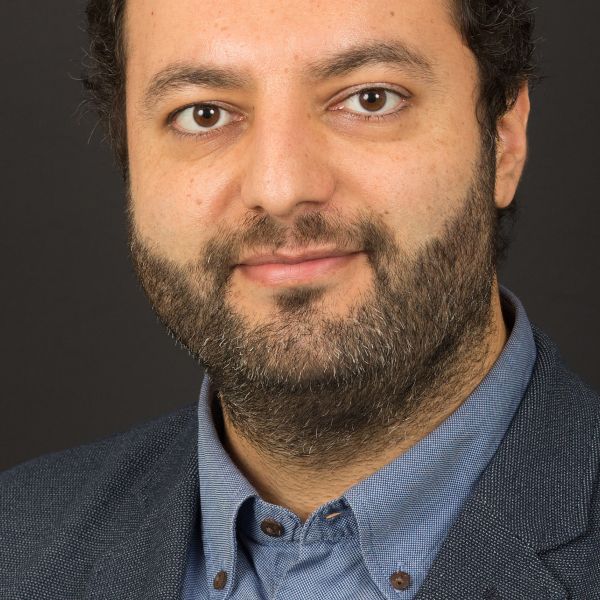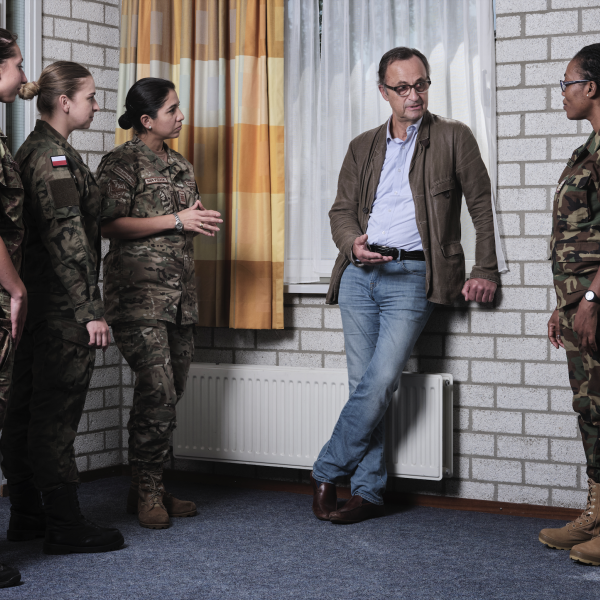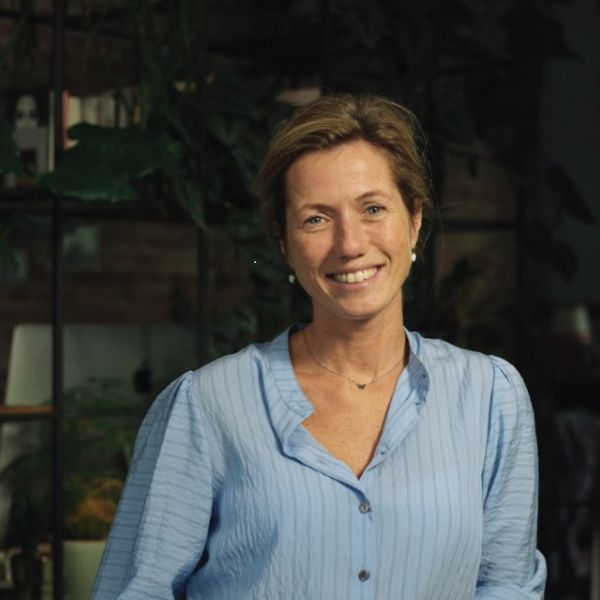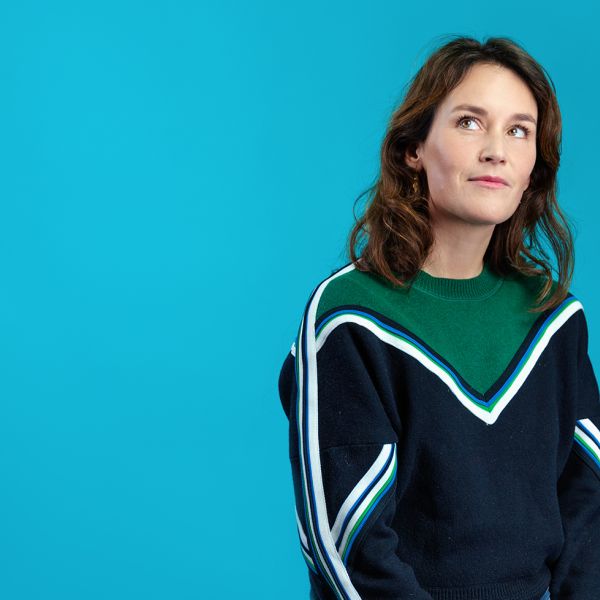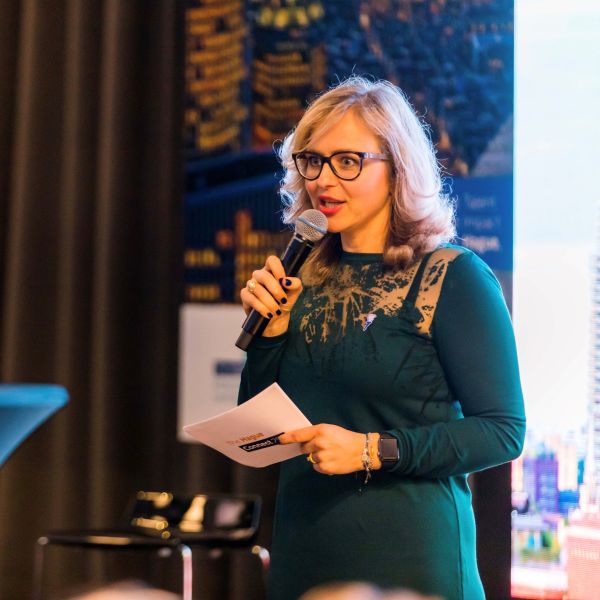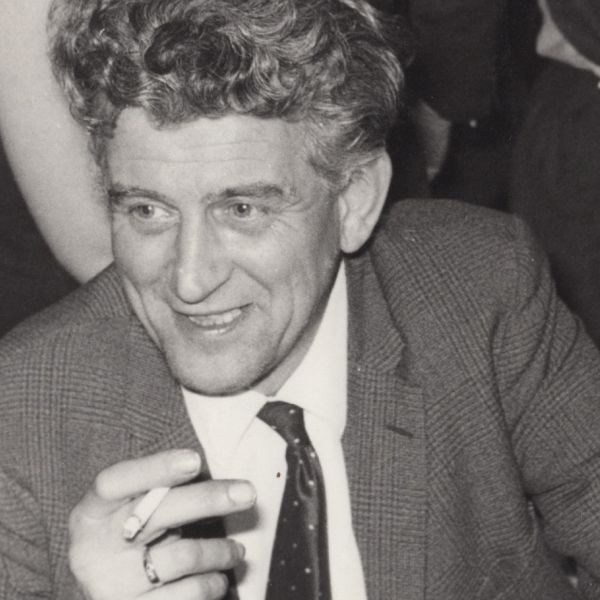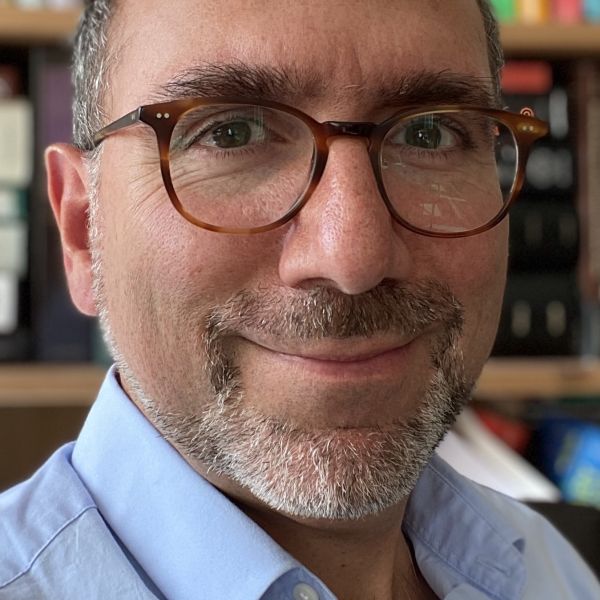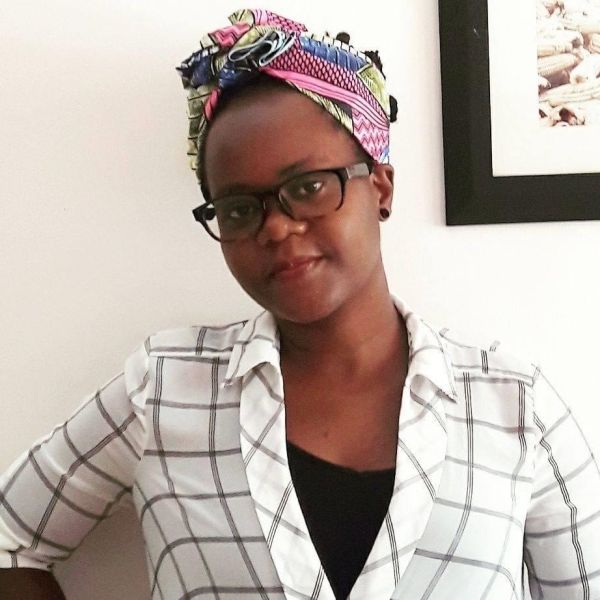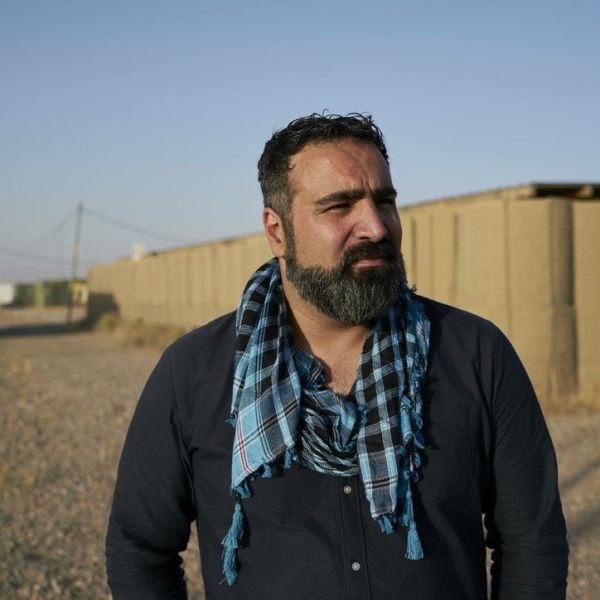75 years of UN in 75 stories: Çigdem Yüksel
Photographer Çigdem Yüksel (1989) is giving a face to the migrants and refugees trying to reach Europe. And she is putting the consequences of European policy into focus. Her series about Syrian child labourers in Turkey won her the Silver Camera Award in 2016.
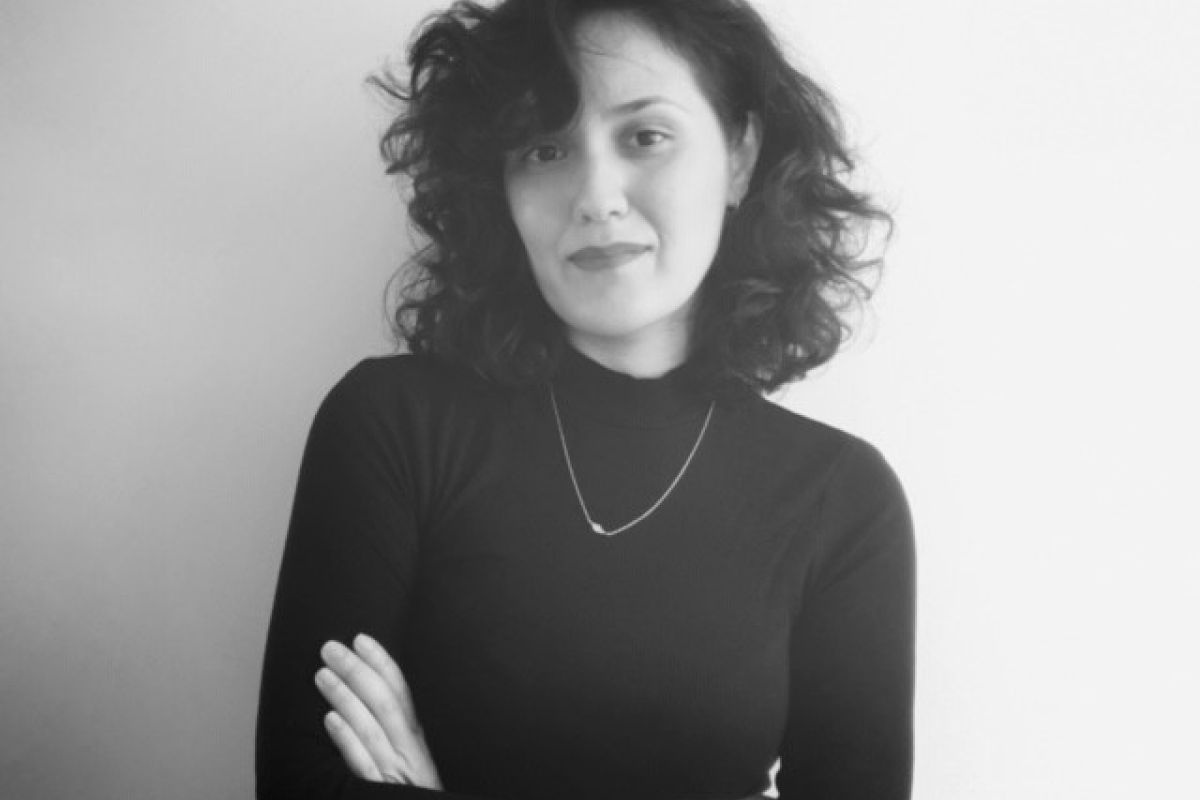
According to figures published by UNHCR, the UN Refugee Agency, in 2019 there were nearly 80 million people worldwide displaced by war and violence. This is the largest number of displaced people in the world since the Second World War. In 2016, the United Nations signed the New York Declaration for Refugees and Migrants, which gives UNHCR the mandate to draft a pact to take a global approach to alleviating the worldwide refugee crisis.
In 1989, the United Nations adopted the International Convention on the Rights of the Child, which has currently been ratified by 196 countries. The United States remains the only UN member that has not done so. The Netherlands ratified this convention in 1995. It describes the rights that all children worldwide must have. Article 32 of the Convention stipulates that children must not perform any labour that jeopardises their health. Children must also not perform work that keeps them from school.
The UN Committee for the Rights of the Child verifies whether countries are in compliance with the Convention, but has no authority to impose sanctions. There are an estimated 150 million children worldwide being forced to work without attending school. UNICEF as an organisation works to promote children’s rights worldwide.
“I would like to see Dutch asylum policy be more humane”
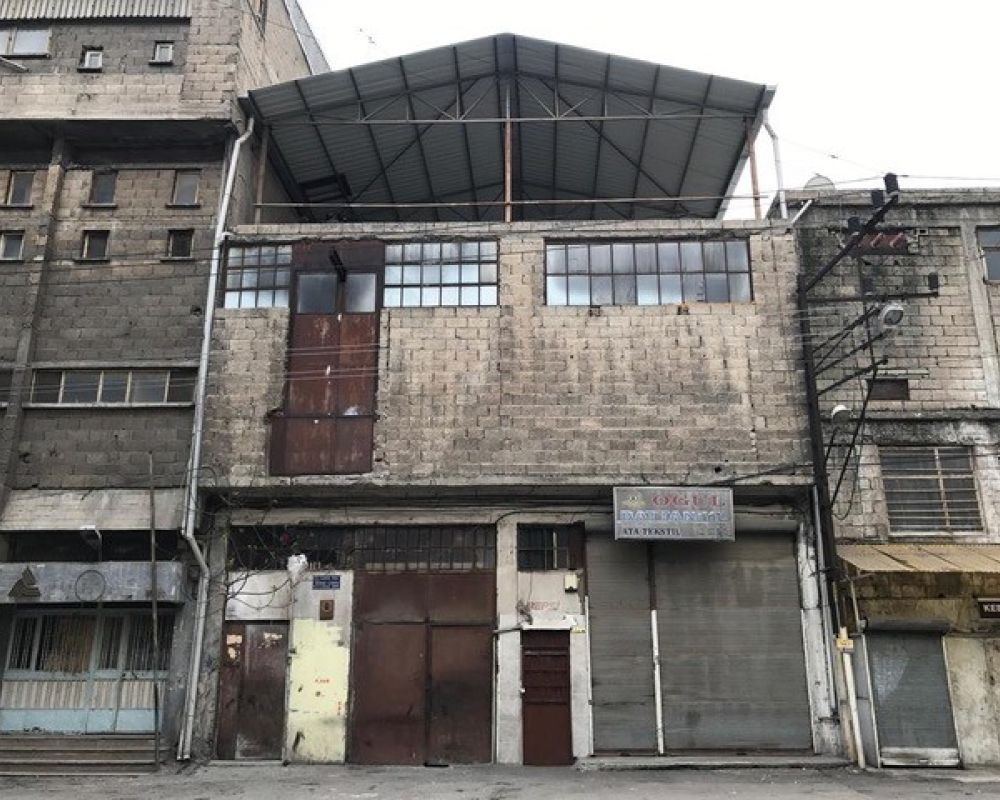
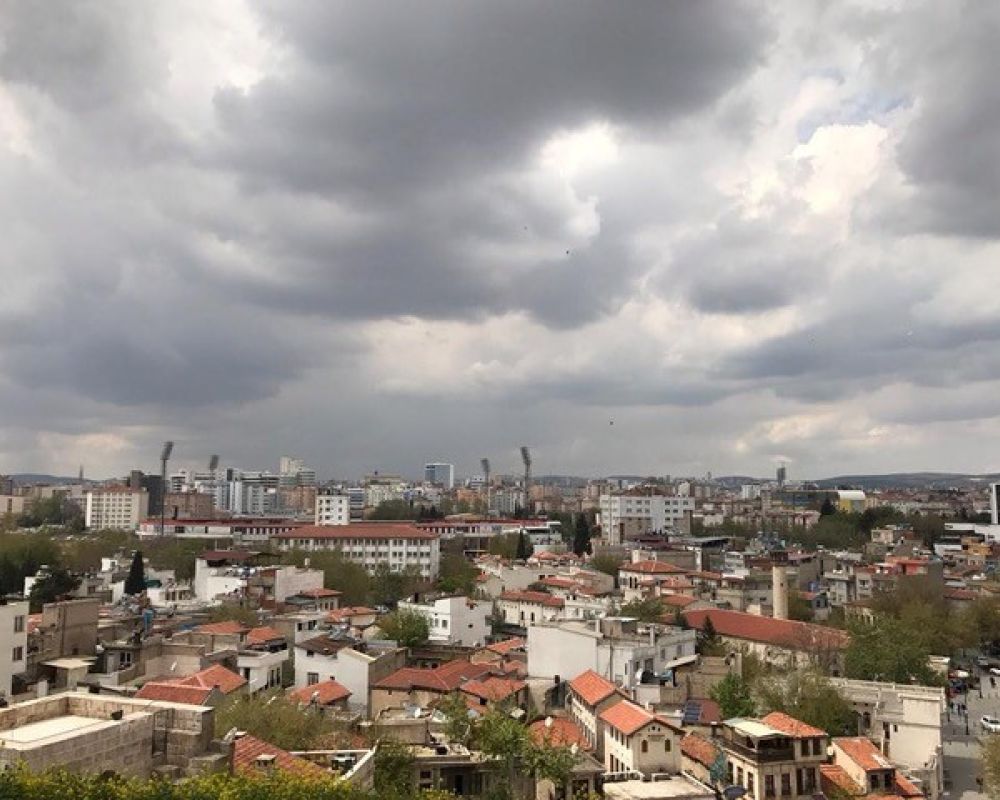
“From reporting in south-eastern Turkey for Dutch newspaper de Volkskrant, I picked up the trail of young Syrian children working in factories and the garment industry. Everywhere I went, the shutters were closed but you could hear the machines running. I went with my colleagues Sakir Khader and Anneke Stoffelen and started knocking on doors. Some places let us in and I saw children gluing shoes together or working at a sewing machine. That’s something that when you see it, you immediately jump up and say ‘the world has to see this’. But at the same time, you are just dumbfounded; how is it that these children end up working here?
In those children’s eyes, I saw only a dull gaze; all the playfulness, all the childhood was driven out of them. I recall one of them in particular, 12-year-old Hussein; he was not skittish like the other children. He was working in a small steel mill and had a goal, to learn the trade and start his own factory. Hussein exuded so much strength. He invited us to come home with him to eat. His father had been wounded in the war and his mother was taking care of his brothers and sisters. Hussein had taken the responsibility for the whole family on his shoulders; he was really a grown man already. All the careless dreams of his childhood were gone.
“With my photos, I want to show the human side of the refugees who are putting their lives at stake”
Now I am working on a project in which I’m tracking young people coming from a refugee background who arrive in the Netherlands on their own. To me, giving them the chance to make their own contribution is so important, to show what their perspective is rather than the perspective of a Western journalist.
With my photos, I want to show the human side of the refugees who are putting their lives at stake. But most of all to show the impact that European migration policy has at the human level. I would like to see Dutch asylum policy be more humane. We have to stop seeing refugees as a threat and look at the potential they have and what they can mean for us.”
Er is slechts één plek op aarde waar bijna alle landen van de wereld met elkaar aan tafel zitten: de Verenigde Naties. De VN richt zich op kwesties die de grenzen van landen overstijgen of zelfs de hele wereld aangaan, zoals vrede en veiligheid, klimaatverandering, onderwijs, gezondheid, cultureel erfgoed, economische ontwikkeling, en meer. Voor velen lijkt het werk van de VN erg abstract, maar door in gesprek te gaan met reddingswerkers, vredeshandhavers, hulpverleners, diplomaten, ooggetuigen, soldaten, en anderen die betrokken zijn bij de VN, wordt duidelijk hoe belangrijk het werk van deze organisatie is. Dit is precies wat het Humanity House heeft gedaan. Helaas heeft deze organisatie zijn deuren moeten sluiten, maar Just Peace en Museon-Omniversum hebben de handen ineengeslagen om hun verhalen te bewaren. Je kunt deze verhalen nu vinden op de website van Just Peace, en een deel ervan is ook opgenomen in een tentoonstelling over de VN in Museon-Omniversum.
The 75 Years of UN Stories were collected and curated by Frederiek Biemans for Humanity House.
